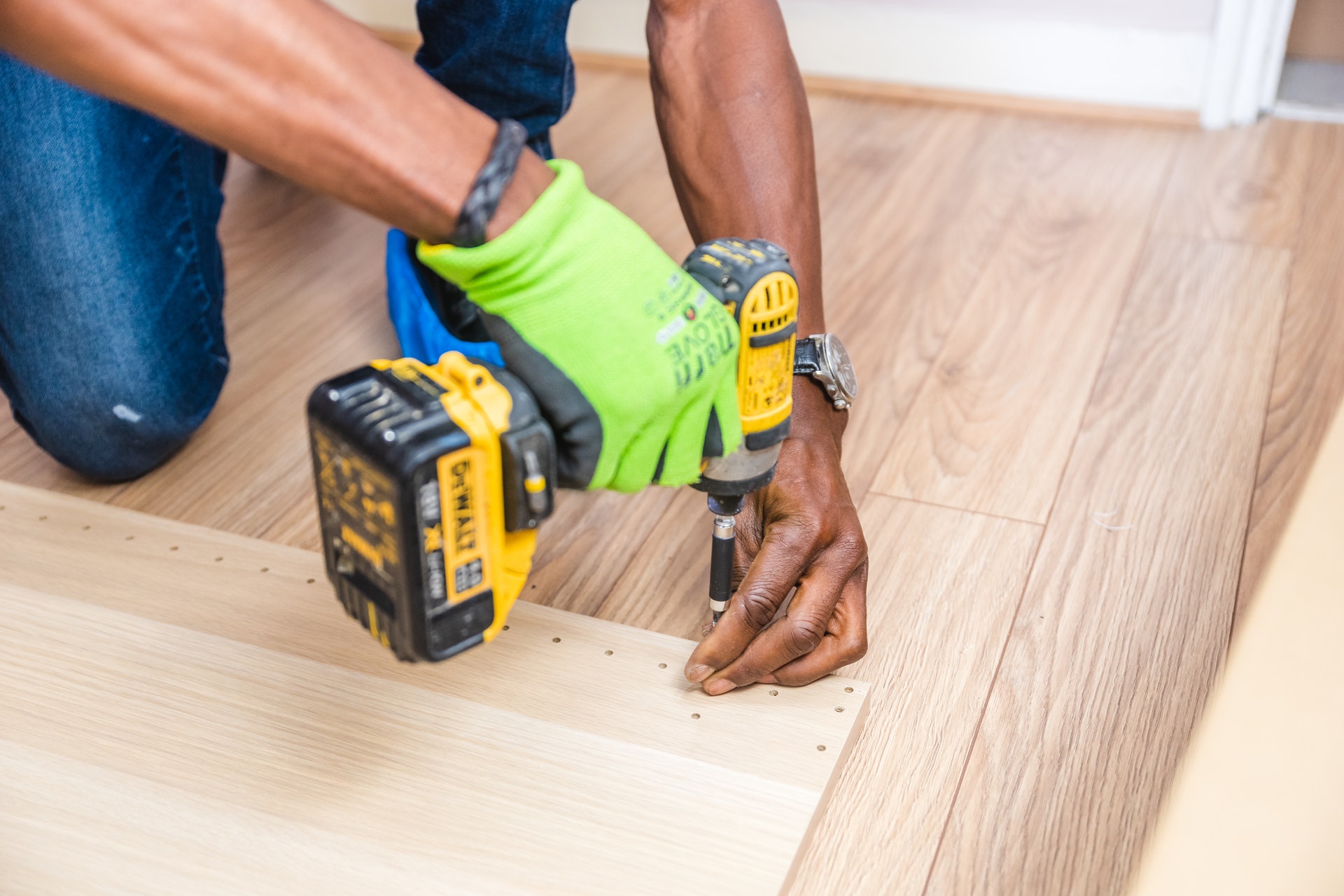Guest Blog Written by Daniel Brown
There are numerous reasons why people use power tools both in their line of work and for private purposes. First of all, they have the advantage of speed and scale, which allows you to do tasks you would be unable to do before or to handle a previously possible task with several times greater speed. Still, with greater power comes greater responsibility and, in this case, a greater hazard. Handling power tools inadequately can cause some serious injuries, far greater than those that could occur with hand tools. With that in mind and in order to prevent such a thing from happening, you need to know a couple of tips regarding handling power tools. Here are some of them. Photo by https://www.bidvine.com
Photo by https://www.bidvine.com
- Be focused
The problem with handling power tools lies in the fact that it can be quite boring at the time. It takes only a second for you to make a mistake that you could regret for a lifetime. This is why you need to stay alert, awake and focused on what you’re doing. Do what you’re doing and take as long as you need. You’re saving time (in comparison to doing the same task with regular tools) either way, so there’s no point in rushing. As soon as you notice that there’s a lapse in concentration take a break. Power tools usually cause a lot of noise, which is why you would do well to get some rest from this, as well.
- Use protective gear
The next thing you need to understand is the fact that the right gear might protect you in more than several ways. Hardhats are there to protect you from debris and recoil (which might happen with some power tools). Safety glasses are vital in keeping your eyes safe, especially when cutting something. Ear plugs are there to help you stay focused on the task at hand. Now, safety shoes may seem as optional but they’re actually a vital piece of protective gear. Lastly, the importance and pragmatism of gloves are more than self-explanatory. Safety vest is also important, seeing as how it enables your coworkers, bypassers or bystanders to notice you in time. This will help avoid a scenario where they bump into you by accident.
- Preparing for the worst
Keep in mind that you won’t always be able to prevent an accident. Sure, you might be focused and careful but what if someone else bumps into you while you’re handling a dangerous power tool? What if the device malfunctions or interacts with a material that it’s working on… well, in a way it shouldn’t? This is why it’s important that you have a strategy that will help you behave even if the worst is to happen.
What you need is to unplug the tool and find a first aid kit right away. Then, seek aid from a professional medical expert. Keep in mind that ramifications of this aren’t always medical but legal as well. For instance, if you’ve suffered an injury at work you might also be in need of work compensation lawyers. While some may see this as too pessimistic, it’s always for the best to be prepared ahead of time.
- Mind the surroundings
Keep in mind that these tools aren’t the only thing that you need to be focused on. Think of it like experience similar to driving a car. What are you looking at while you drive? The road ahead, the pedestrians, other cars or the rear-view mirror? The answer is simple, you’re looking at all of them and the same thing you need to do while handling the power tool. Mind the surroundings both before you start work and clean it up, if necessary. Do so while working and make sure to inspect are after you’re finished. In this way, you’ll make it much safer for work.
In conclusion
- At the end of the day, you need to keep in mind that while power tools may sound dangerous, especially from the information we’ve discussed above, this is not really so in practice. Most people go through their entire lives without having a single power tool-related accident and, if you follow the above-listed four tips, you just might do the same.